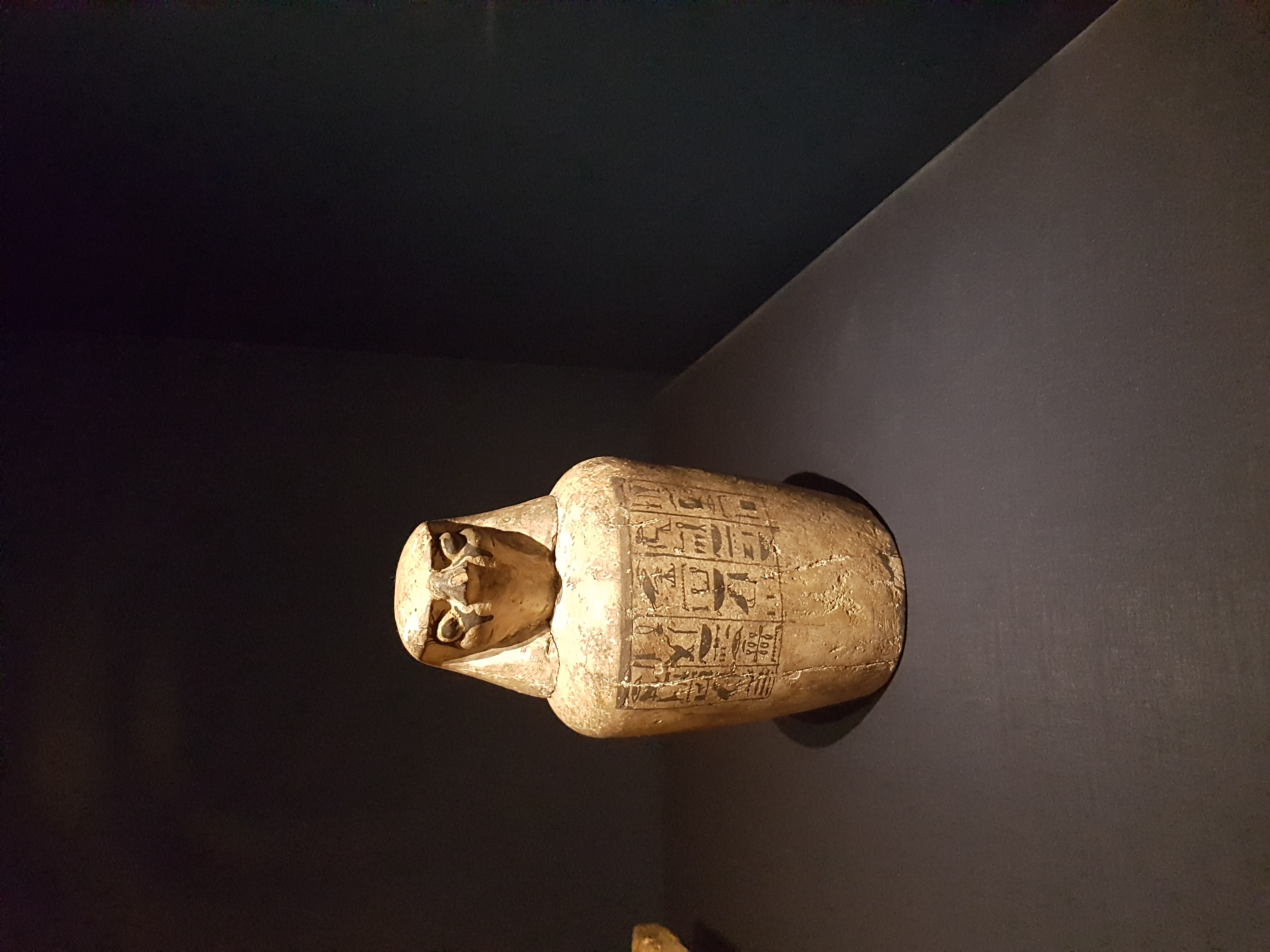


Make a cut on the left side of the body near the tummy.Insert a hook through a hole near the nose and pull out part of the brain.Jean-François Champollion (1790-1832), the French linguist who had deciphered the Hieroglyphs on the Rosetta stone, seems to already have discovered their use in 1812, but the study of their contents is only very recent and few canopic jars have been analyzed to date. What does canopic mean? Canopic is a wrongly given name, canopic jars, but the correct name is viscera jars because the ancient Egyptians used to mummify the deceased and take out the organs during this process so they would mummify these organs and put them in jars that were called viscera or canopic jars. Each organ was protected by one of the Four Sons of Horus: Hapy (lungs), Imsety (liver), Duamutef (stomach), and Qebehsenuef (intestines). There was no jar for the heart: the Egyptians believed it to be the seat of the soul, and so it was left inside the body.Ĭanopic jars were made to contain the organs that were removed from the body in the process of mummification: the lungs, liver, intestines, and stomach. The canopic jars were four in number, each for the safekeeping of particular human organs: the stomach, intestines, lungs, and liver, all of which, it was believed, would be needed in the afterlife. But because they had been using canopic chests for thousands of years they kept putting them in tombs, just without anything in them. The first canopic chests were simple and wooden, but as time went on they became more elaborate. Why do you think canopic jars became more elaborate with time? Canopic jars from two different burials were found in the same tomb shaft. Canopic jars were containers in which the separately mummified organs would be placed. Even so, canopic jars would still be placed in the tombs.Ī set of four canopic jars was an important element of the burial in most periods of Ancient Egyptian history. During some periods of ancient Egyptian history, the preserved organs of the embalmed person were repacked within its mummy wrappings. Over time, canopic chests were more frequently used and the organ packages were placed inside jars nested in the chests. This was a very important part of the mummification process. The canopic jars were used to store the mummified organs separately from the body itself. 10 Why were canopic jars used in ancient Egypt?.9 What did ancient Egyptians believe about canopic jars?.3 Why do you think canopic jars became more elaborate with time?.2 How did canopic jars changed over time?.


 0 kommentar(er)
0 kommentar(er)
